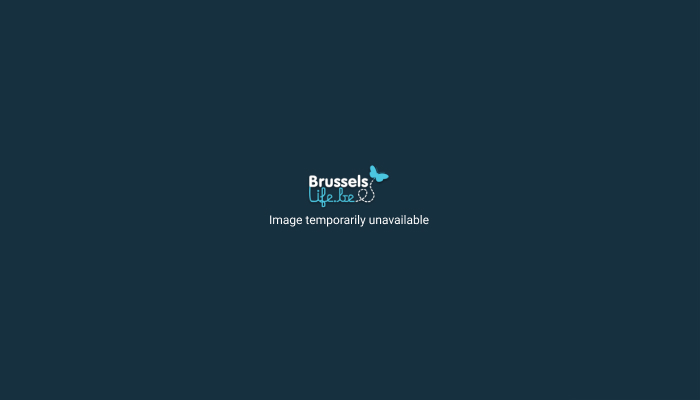Restless Youth - Growing up in Europe, 1945 to now
Exhibitions
Written by Agenda.be -
(Updated: 18 Mar 2019, 00:50)

In the past 70 years, young people in Europe have gone from being a group to whom history happened, to a group that actually makes history.
This exhibition looks at four generations of such young people who came of age at key moments in the European story: the late 1940s, the 1960s, the 1980s and the 2000s. It explores the key experiences of youth; from education and employment, to forging an identity and finding love.
Such experiences are inevitably shaped by the politics, society, culture and economics of the time. Being young in an affluent and free society is very different from a youth shaped by poverty or political oppression.
Across Europe, young people chose to break with the values of their parents and view themselves as a distinct generation – ‘my generation’. They forged their own culture with its own set of values; values that young people were ready to fight and even die for.
But while this exhibition is about young people, it is not just for them. All of us were young once, and while youth may be fleeting, it is rarely forgotten.
Such experiences are inevitably shaped by the politics, society, culture and economics of the time. Being young in an affluent and free society is very different from a youth shaped by poverty or political oppression.
Across Europe, young people chose to break with the values of their parents and view themselves as a distinct generation – ‘my generation’. They forged their own culture with its own set of values; values that young people were ready to fight and even die for.
But while this exhibition is about young people, it is not just for them. All of us were young once, and while youth may be fleeting, it is rarely forgotten.

Did you like this article?
Share it